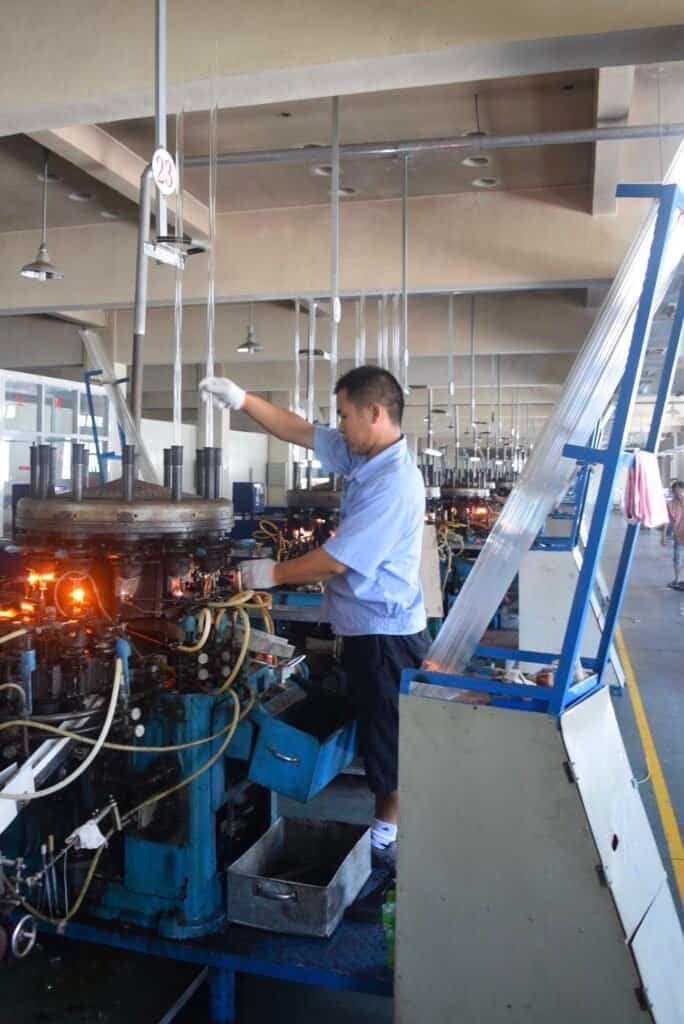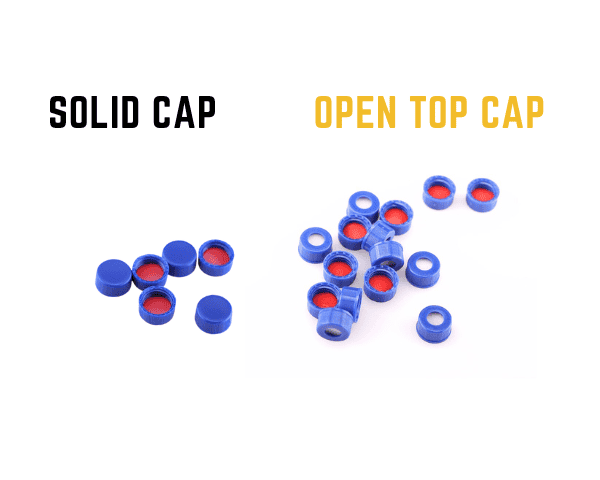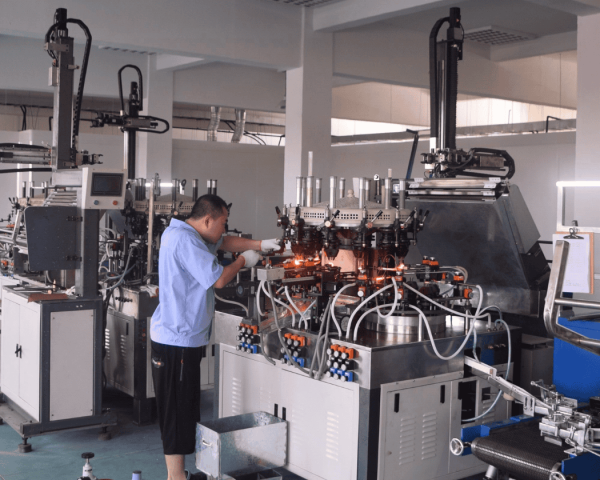Hey there! So, you’ve probably come across the term “HPLC vials” quite a bit, right? These little containers might seem simple, but their production process is a well-thought-out journey, ensuring that they meet the high demands of labs worldwide. If you’re curious about how they’re made, let’s dive into it together. By the end, you might be surprised by just how intricate it really is. Ready? Let’s go!
HPLC Vials: The Basics
HPLC stands for High-Performance Liquid Chromatography, a method used widely in labs to separate and analyze compounds. These vials are used to hold samples for testing. While this might sound straightforward, the vials must meet stringent criteria to avoid contamination and ensure accurate results.
The Raw Materials
To make high-quality HPLC vials, you need the best raw materials. It all starts with borosilicate glass, a type of glass known for its durability, chemical resistance, and low expansion under heat. Why borosilicate? It’s because labs often deal with harsh chemicals, and regular glass just wouldn’t hold up.
Now, think about this: what would happen if the vial reacted with the sample? Contamination! So, using the right glass is essential. Do you agree that material choice is crucial? I certainly think so! The quality of the glass ensures the samples remain pure throughout the testing process.


The Manufacturing Process
Let’s break down the manufacturing process into a few key steps:
1. Forming the Vial
The journey begins with heating the borosilicate glass to incredibly high temperatures, where it becomes malleable. Once the glass is in a workable state, it is shaped into the vial’s familiar cylindrical form using molds. This process is known as blow-molding. Precision here is vital, as the vial needs to have a uniform thickness. Uneven walls can lead to cracks under pressure. Have you ever held a lab vial and noticed how light yet sturdy it feels? That’s all thanks to this careful shaping process.
2. Neck Formation
The next step focuses on the neck of the vial. You might wonder, why is the neck so important? It’s because this is where the cap will fit, and it needs to form an airtight seal to prevent any leakage or contamination. During this stage, the top of the vial is precisely formed to accommodate caps, often with a screw-thread finish for secure closure. In the case of HPLC vials, this step must be extremely accurate to ensure compatibility with lab equipment.
3. Annealing
After forming, the vial undergoes an annealing process. In simple terms, annealing is like giving the glass a stress-relief massage! The vials are slowly cooled in a controlled environment, which helps release internal stresses that might cause the glass to break later. Have you ever heard glass “sing” when it cools too fast? That’s a sign of stress in the material, which we definitely want to avoid in our vials!
4. Quality Inspection
Once the vials are formed and annealed, they undergo a strict quality inspection process. This includes checking for imperfections like bubbles or cracks that could affect the vial’s performance. Automated systems with high-resolution cameras inspect each vial. Think about it—one tiny imperfection can ruin an entire test. How frustrating would that be for lab techs who rely on precision?
5. Surface Treatment
An important final step is surface treatment. The vials are often chemically treated or coated to make them more resistant to chemical reactions. Some labs even request pre-cleaned vials to avoid any possibility of contamination. Surface treatment ensures that the glass won’t interfere with the sample analysis, keeping results accurate and reliable.
The Caps and Septa: Unsung Heroes
While the vial itself is critical, the cap and septa (the sealing material) are just as important. The cap must fit perfectly, creating an airtight seal, while the septa must resist punctures from the needles used to draw samples without breaking down. These components are made from materials like PTFE (Polytetrafluoroethylene) and silicone, which are chosen for their non-reactivity and durability.
1. Cap Design
Caps come in various designs, with screw caps and snap caps being the most common. Each has its advantages depending on the lab’s needs. Screw caps are more secure, while snap caps offer quicker access to the sample. What kind of cap do you think is more convenient for high-speed lab work? I’ve seen labs prefer screw caps when accuracy matters the most.
2. Septa Material
The septa, which sits inside the cap, ensures that the sample is sealed without any leakage. The best septa are made from PTFE, a material that resists degradation even when exposed to aggressive solvents. Can you imagine if the septa degraded during a test? That could spell disaster for the entire experiment.

Packaging and Sterilization
Once the vials, caps, and septa are produced, they are packed in sterile, dust-free environments to avoid contamination. Many manufacturers will package the vials in blister packs to keep them safe from dust and moisture. Sterilization is another step where the vials are exposed to either heat or chemical sterilizers to kill any potential contaminants. This ensures the vials are ready for immediate use in sensitive lab environments.
Why the Production Process Matters
You might be thinking: “All of this for a tiny vial?” But when it comes to chromatography, every detail counts. A well-made HPLC vial ensures that your sample stays pure, your results are accurate, and your work is reliable. The difference between a high-quality vial and a low-quality one can be the difference between success and failure in critical tests. Do you agree? I’ve always found that in science, it’s the small things that often matter the most.
Looking for a Reliable Supplier?
If you’re in the market for HPLC vials, you’ll want a supplier that follows strict production processes to guarantee quality. Mastelf, known for their high standards and compatibility with major brands, are often a safe bet. Always make sure to check whether the manufacturer adheres to international standards like ISO to ensure you’re getting top-notch products.
Conclusion
So there you have it! The process of making HPLC vials might seem like a small part of the grander lab world, but it plays a crucial role in ensuring accurate and reliable chromatography results. From the raw materials to the final quality check, every step is vital to creating a product that scientists can trust.
I hope you found this dive into vial production as fascinating as I did. Do you think you’ll look at HPLC vials differently now? If you have any questions, feel free to reach out—I’d love to hear what you think!











